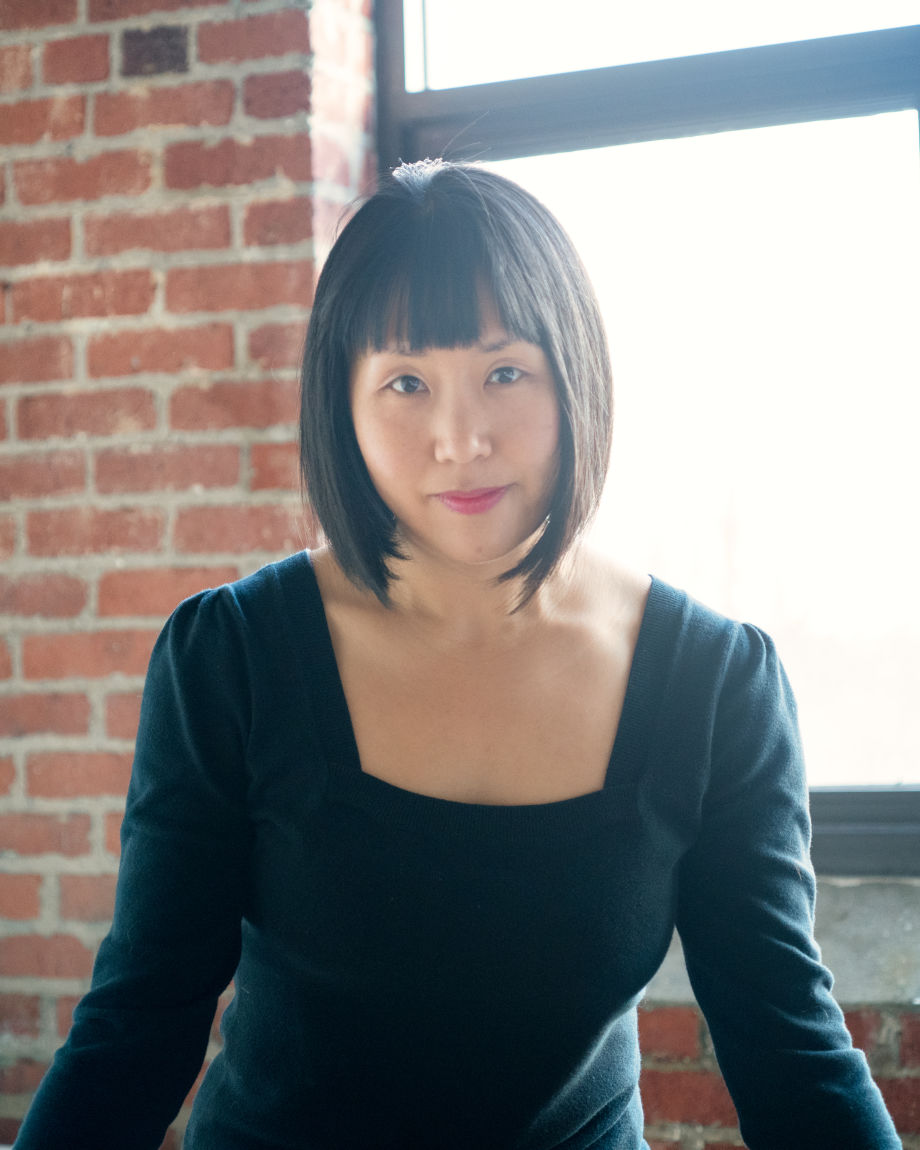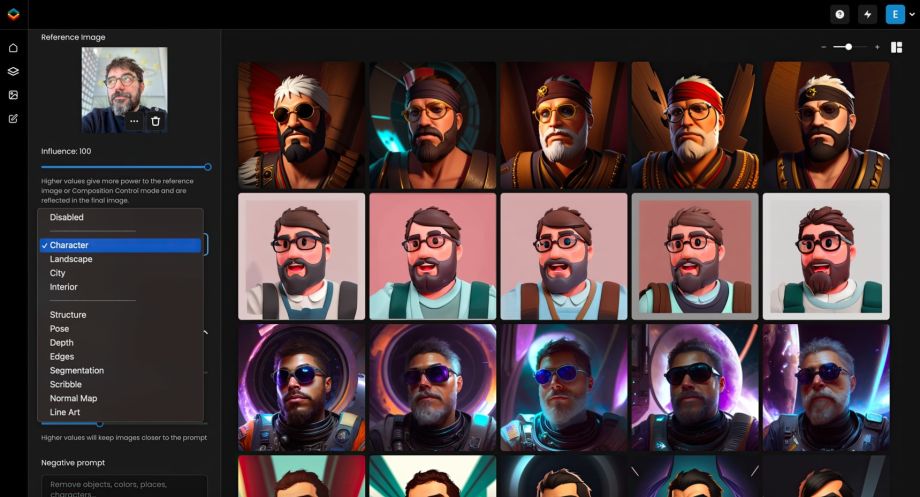QProin faucibus nec mauris a sodales, sed elementum mi tincidunt. Sed eget viverra egestas nisi in consequat. Fusce sodales augue a accumsan. Cras sollicitudin, ipsum eget blandit pulvinar. Integer tincidunt. Cras dapibus. Vivamus elementum semper nisi. Aenean vulputate eleifend tellus. Aenean leo ligula, porttitor eu, consequat vitae, eleifend ac, enim.
Sed ut perspiciatis, unde omnis iste natus error sit voluptatem accusantium doloremque laudantium, totam rem aperiam eaque ipsa, quae ab illo inventore veritatis et quasi architecto beatae vitae dicta sunt, explicabo.
At vero eos et accusam
Sed ut perspiciatis, unde omnis iste natus error sit voluptatem accusantium doloremque laudantium, totam rem aperiam eaque ipsa, quae ab illo inventore veritatis et quasi architecto beatae vitae dicta sunt.


With over 23 years of experience between them, Modeling Team Lead Artist Theo Mills and Texture Team Lead Artist Jasmine Wong are no strangers to the gaming industry. They share personal insight into their careers including what Ubisoft Toronto’s studio culture is like, and their advice for aspiring artists.
- Ubisoft Toronto Is Seeking a Gameplay Animator to Work on Splinter Cell
- The Working Culture at Ubisoft Toronto
Hey Theo and Jasmine! Can you tell us a bit about what you do?
Jasmine Wong: Hello! I am the Team Lead artist for the Texture Team. Texture may be an often-overlooked aspect of game development but it is imperative to bringing an immersive world to life and giving depth and dimension to characters, objects, and everything else within it. As a Team Lead, I oversee the art process pipeline, texture budgets, shader usage, the testing of the assets in the game environment, and the process of reviewing texture quality. Maintain efficient collaboration between the team members and other dependent teams.


Theo Mills: Hi! I’m a Team Lead Artist for the Modeling team. I’ve been in the games industry for 7 years, previously working in animation and practical special effects. My main role as a Team Lead is driving the quality and establishing asset production workflows and pipelines. The day-to-day involves checking in with artists on their current tasks, doing art reviews on submitted work, working with the Tech Art team on developing our pipelines, and generally being the point of contact for other departments when it comes to any art asset in the game.


Why did you choose to get into the game industry?
Theo: Gaming has always been a passion of mine, but I always found myself more interested in the visuals in games more than the gameplay itself, so it was a natural progression to learn more about game art production and finally go to school for it. I originally went to school for traditional art and practical effects, but when more and more schools started offering game art programs, I decided to pivot to digital art in general. From there, I spent 2 years working in the animation industry before getting my first job in games working at Ubisoft Toronto on Far Cry 5.
Jasmine: I’ve been in the gaming industry for 16 years. It was an internship at Rockstar that kickstarted my professional journey and where I discovered how fun it was to create a game world — from the initial grey-blocking stages to polishing its final assets. Being able to utilize colour and silhouettes of shapes to create scenes that are representative of the world they belong to is a challenging but very enjoyable process!


80.lv: Could you tell us a bit about the culture within the art community at Ubisoft Toronto? How do you work together and support each other?
Jasmine: One aspect of my role that I particularly enjoy is brainstorming ideas with my team members or other departments. That’s the culture of Ubisoft Toronto — we share ideas or give each other constructive feedback all the time. It isn’t unusual to hear about innovative GDC tech talk videos, Blender tools, cool movie lighting setups, and so much more!
Theo: From an art standpoint, we are really trying to encourage people to share the work they are doing with the team at large; this helps us avoid artists feeling like they are working in a vacuum, which is a common occurrence with large AAA development.
“The culture at the studio is one of our biggest strengths, especially on my current project. We’ve put together a really strong team that believes in making games through open collaboration and being more transparent between departments.”
Sweet Transit developer Ernestas Norvaišas has told us about the development process behind Sweet Transit, discussed the tech and engine behind the game, and shared some thoughts on the most recent update to the game.
Marie Gerard, Head of Sales at Scenario: I’m Marie Jarrett. I’m the Head of Sales at Scenario. I’ve been with Scenario for about officially a year and a half, unofficially I’d say two years. Basically managing all the sales initiatives but also the growth initiatives.
Previously, before Scenario, I was working for Amazon Web Services as an Account Manager, managing very large amounts of customers. So, really helped those customers as well in their scalability challenges, making sure that they had the right resources for the right needs.
Before joining AWS, I co-founded a start-up, which was an art gallery in augmented reality back in London because I come from a fine arts background, specializing in Digital Arts. So, I was very much involved in everything that was like virtual reality and augmented reality, and thinking about its different applications, especially when it comes to visual arts.


The AI Models and Clients
Please tell us more about the models you use for image generation. Do you just rent the infrastructure or do you rent out the models? Where do you get the material to train your models?
Marie Gerard: Scenario is basically the first-gen AI engine for the gaming industry. We enable gaming studios to train their own custom AI models based on their own datasets. These datasets can be visuals. Once they have trained these AI models, they can use text or images as references to generate an infinite number of visuals aligned with their artistic direction. This includes new props, characters, landscapes, backgrounds, and anything else they may need for ideation, production, or marketing assets.
80.lv: Can you tell us more about your clients? What types of companies are using your services?
Marie Gerard: To train an AI model, you actually need no more than 100 images, and in fact, most of the time you only need 20 images. So you don’t need a very vast dataset. The AI is basically optimized as well to just take very few references that are inputted from those studios. We are talking all the way from indie developers to AAA studios. I would say generative AI can be used wherever people want it in their own workflows. So if you’re an indie dev, you might have a need for assets because you don’t have a huge artistic team to basically produce those assets, and so Scenario can be there to do that. And if you’re a AAA studio as well, you might look at innovative ways to basically accelerate this creation process as well within your artistic teams.


80.lv: What are some of your proudest moments or biggest accomplishments at Ubisoft Toronto?
Jasmine: I still remember the exact day, December 27, 2021 – The day I finished the terrain textures set for Far Cry 6. Given the tight budget and the need for lots of content to fill the game, the biggest challenge was the planning and co-ordination with Technical Team] to ensure the project was within budget.
Finally locking down all terrain textures in the game, and presenting the system to the World team so that they can utilize the assets while keeping everything within budget was a major accomplishment and a huge relief! As for my other accomplishments, I make awesome waffles, from savoury to sweet. I have fed a lot of hungry artists over the past seven years.
Theo: You’ll never forget shipping your first game and for me, that was Far Cry 5. It was a really satisfying and proud moment. Additionally, shipping an AAA game is an already challenging feat, but shipping an AAA game during a pandemic was really something else! I’m proud of how our many teams nimbly pivoted to remote work during the lockdown, overcoming multiple obstacles and learnings to ship Far Cry 6.
80.lv: What do you enjoy most about working at Ubisoft Toronto – what gets you motivated and energized?
Theo: The thing I love the most about working at Ubisoft Toronto is the people. I’m a firm believer that the team makes or breaks how successful a game can be. Not only financially, but also as an enjoyable experience for the developers.
“That’s the culture at Ubisoft Toronto — we share ideas or give each other constructive feedback all the time.”
80.lv: Finally, could you share some tips for artists interested in joining the studio? What skills, experiences, and behaviors will help them stand out?
Theo: The advice I usually give to aspiring game artists is to keep their projects in scope and seek out peer feedback as much as possible. Game development at any scale is a very iterative process, the more artists iterate and seek feedback, the faster they will improve and the easier it will be to land a job. Doing one big portfolio piece over the course of months can be exciting, however, earlier on in your career, I think it’s a good idea to choose smaller projects that you can complete and move on from as a better way to grow as an artist.
Jasmine: I find that the ability to effectively work as a team is essential in the game industry. Since it’s important for every aspect of the game, from AI, animation, lighting, and game design, to be synchronized, communicating effectively with other people becomes a very important skill.



